
RoadStars goes “român”
RoadStars in Romanian
We are delighted to present a new RoadStars market: Romania. But what is it that makes Romania so special?
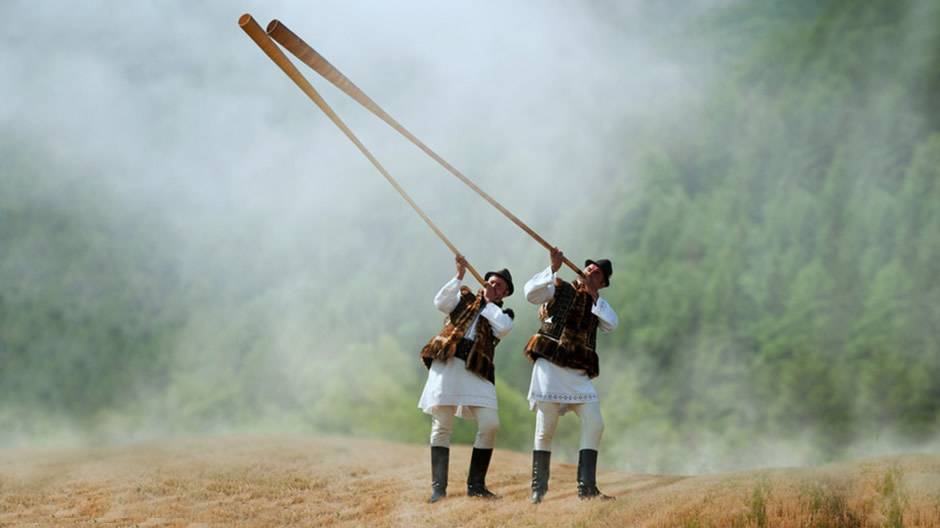
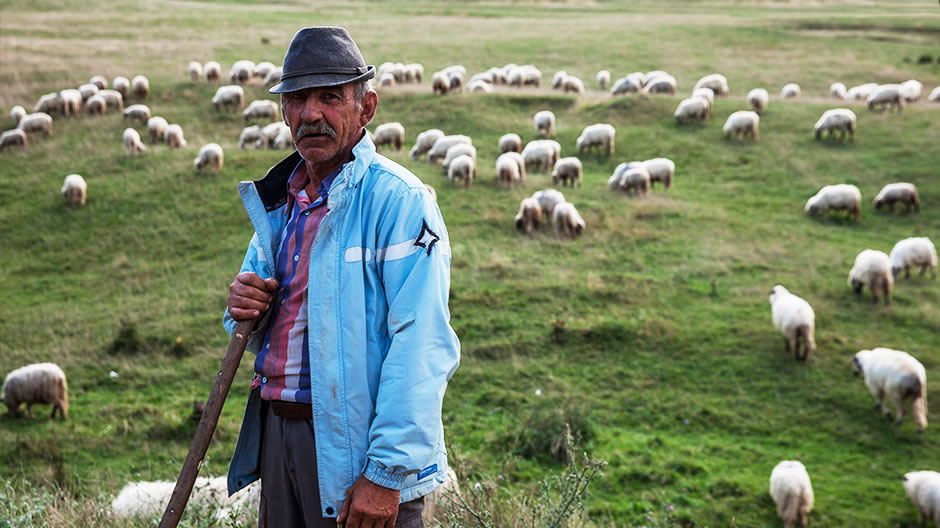
For many, “Dracula” is probably the first thought when thinking about Romania. On the whole, the Romanians manage to live without having to fall back on the mysterious blood-sucker. Only in a few places does the country's tourism trade make use of the vampire stories, which in any case rapidly become blurred as soon as the focus is shifted to the seemingly limitless nature and the hospitable disposition of the Romanians.
The country of the Danube and the Carpathian Mountains is unknown and mysterious to most people. But anybody who spends a few days in Romania will soon fall in love with the diversity of the country. Here you can still find plenty of untouched nature, with around 27 % of the country's surface area being covered by forests. What's more, Romania also borders the Black Sea and is thus equally well-suited to lovers of nature as it is to those seeking a relaxing beach holiday.
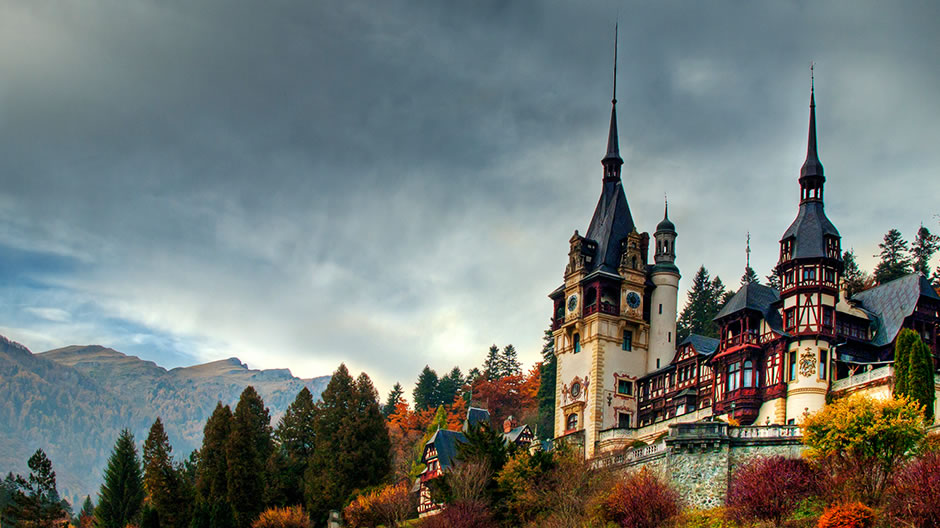
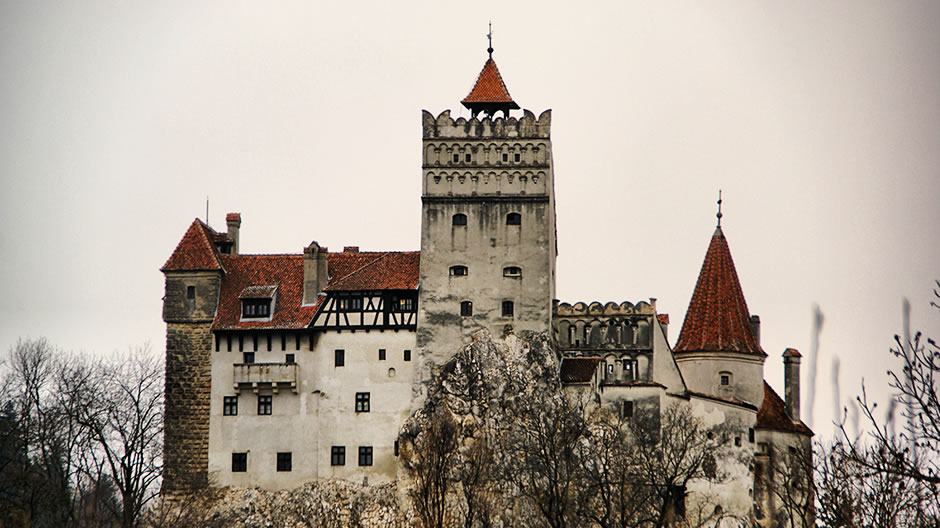
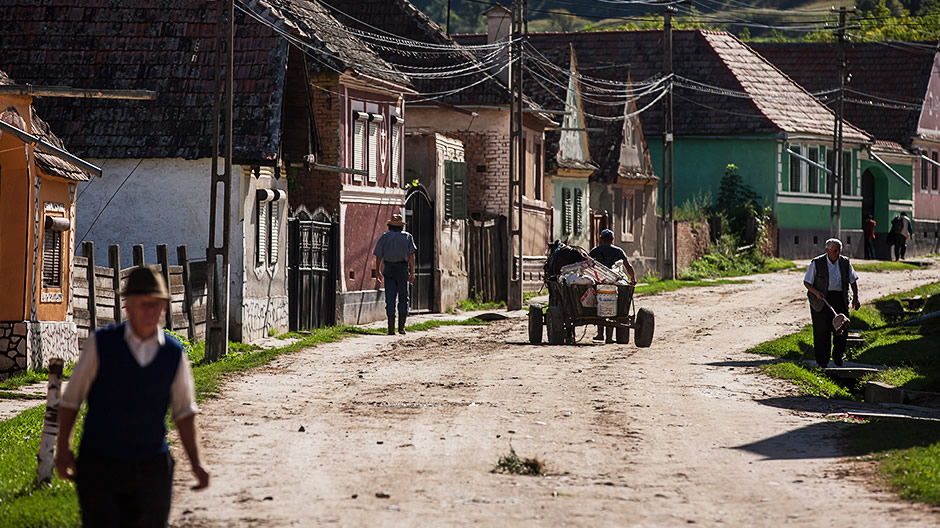
In the Alpine regions, massive herds of sheep on vast stretches of fertiliser-free fields characterise the image of the country. In these parts, the hay on the fields is still cut by hand with a scythe. During the summer months, the fields beam in every colour imaginable.
Motorways in Romania are, for the most part, well-developed and equipped to European standards. But in the rural regions, the roads are in a bad state and often narrow. It's not uncommon to encounter old horse-drawn coaches, which in this particular region tend to be more commonplace than cars. During the day, the presence of the horse-drawn coaches is virtually problem-free, however, at night, it's rare that they are equipped with lights and are often easy to overlook.
All non-urban roads in Romania are subject to a toll charge, with the toll being more of a general road-usage fee than anything else. If a driver doesn't have a valid toll sticker, they can expect fines ranging from 80 to 120 euros. The toll fee depends on the vehicle class, for which there are six categories.
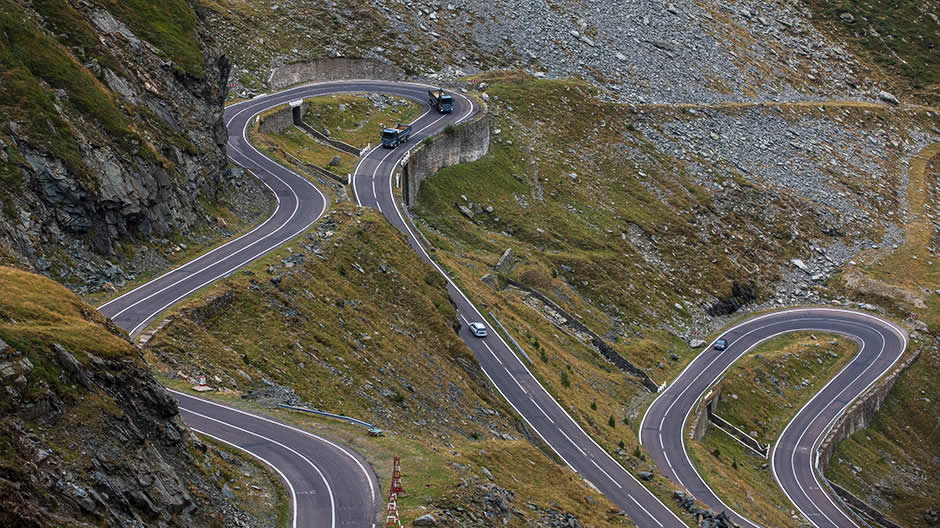
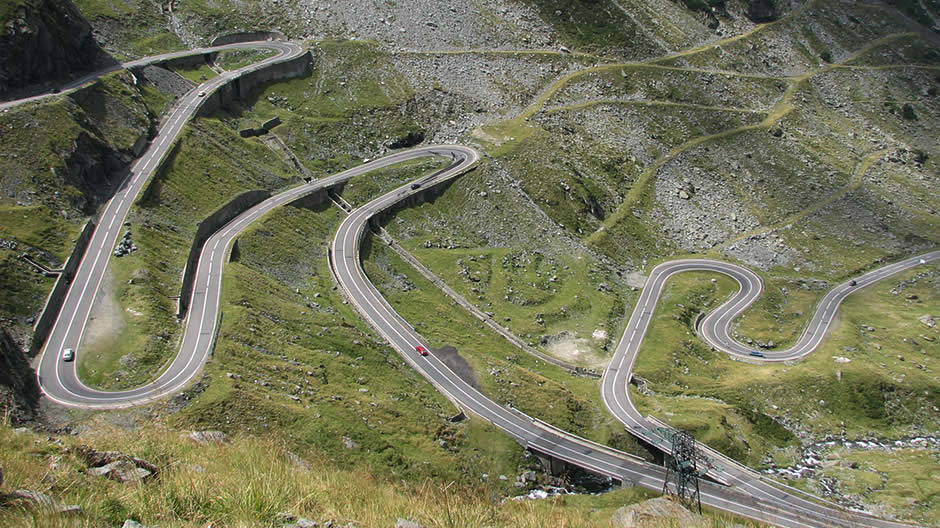
Attentive RoadStars readers will probably have already noticed… We were also already in Romania last year. At the beginning of September, the participants of the TruckTrophy2015 battled it out in various disciplines.
Courage, perseverance, strength, skill, knowledge and, of course, team spirit were all called for. A weekend roadtrip across Romania. For three days, the participants drove around off-road tracks, overtook horse-drawn coaches and climbed to the 2034-metre-high glacier.
The days in Romania became an unforgettable experience for all those who participated.
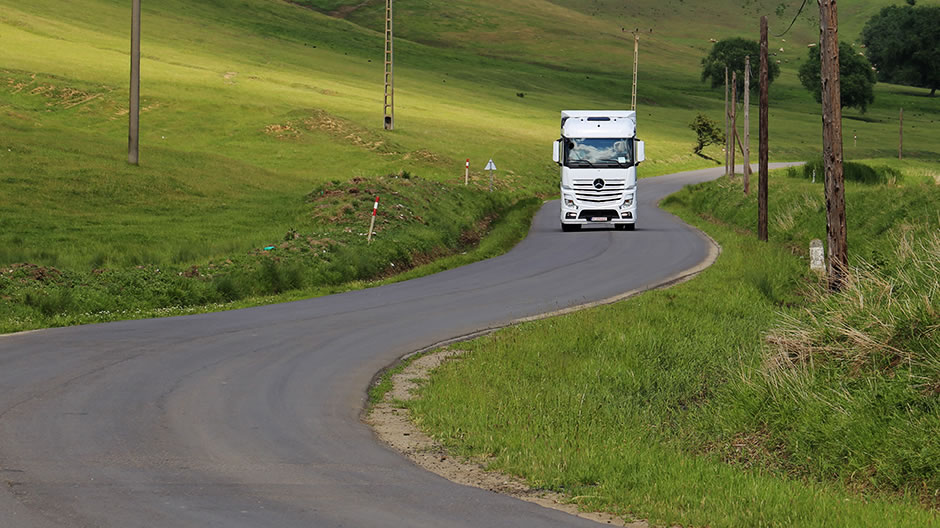
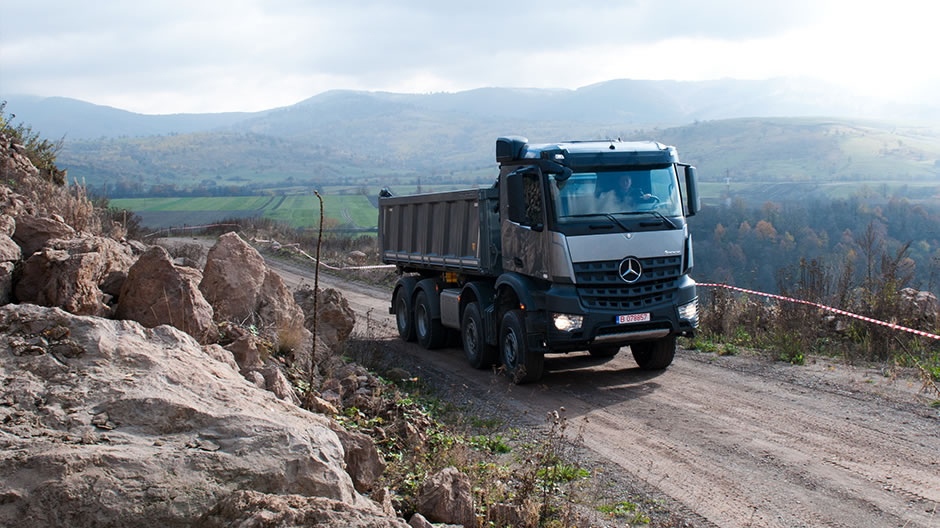
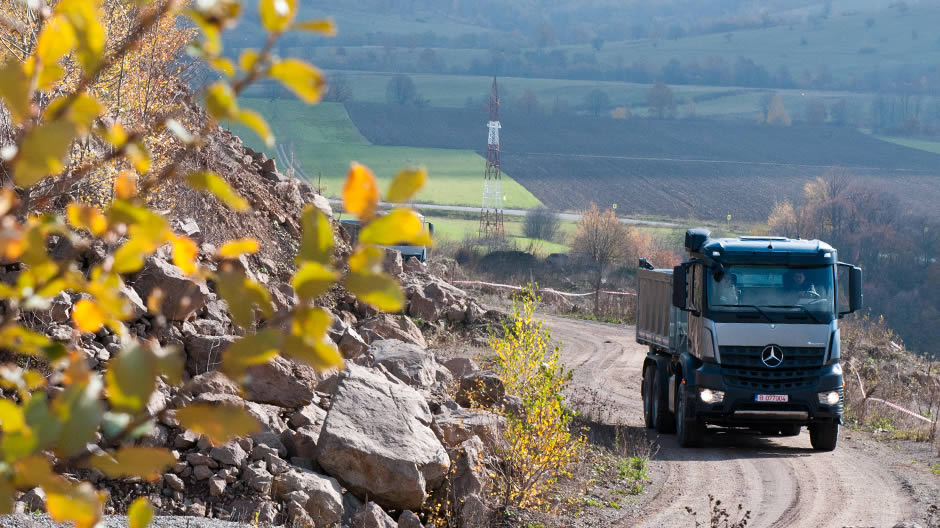

- Romania is the 12th biggest country in Europe.
- On motorways, European, national and express roads, the drivers must drive with their lights on, even during daylight hours.
- In Romania, car drivers are required to carry a fire extinguisher in their vehicle.
- In Romania, all road users are subject to a toll charge.
- Vehicles driving up an incline always have priority.
- In Romania, there is a road sign (Claxonarea interzisa) which forbids the use of the vehicle's horn in towns.
- Europe's second-largest underground glacier is in Romania. The 3500-year-old glacier has a volume of 75,000 cubic metres. It can be seen in the "Scărișoara" ice cave in the Apuseni mountains.
- The Danube Delta (3446 km²) is predominantly in Romania's Dobruja region and is the second-largest and most well-preserved Delta in Europe. It has been part of the UNESCO world heritage since 1992. The Romanian town Timisoara is the birthplace of electric street lighting in Europe.


Comment
Please log in to post a comment.
No comments yet